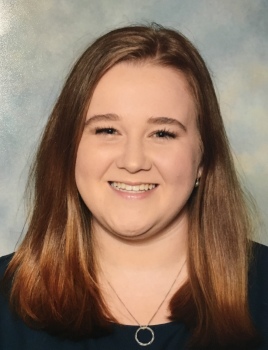At long last, this project has come to a close. Belle and I feel really proud to have developed something that will continue to be useful to us, and hopefully many others, beyond the requirements of this course.
The feedback at the presentation has been phenomenal, and we were proud to have strangers, teachers, and peers alike commenting on the usefulness of this tool. For many, it gave them a place to start the hunt for engaging and valuable warm ups for their singers, no matter their choirs or their own experience level.
There were a few situations for using this tool that hadn’t crossed our minds, but were apparent to the people we spoke with, including;
- As a training tool for new staff
- As a tool for singers to warm themselves up should the conductor be late
- As a tool for students to work on their leadership skills by leading the choir in a warm up
- Using the site directly for warm ups, by watching the videos and listening to the audio in front of the students, and having them sing it back
These are avenues that Belle and I will continue to explore as we begin our careers, and our only regret is that we didn’t print out cards to hand out to people! We’re highly encouraged by the interest shown in the project, and the kind words of Jim Coyle (who has mentored us both), about the site revolutionising a typically aural tradition and bringing it into a contemporary sphere.
